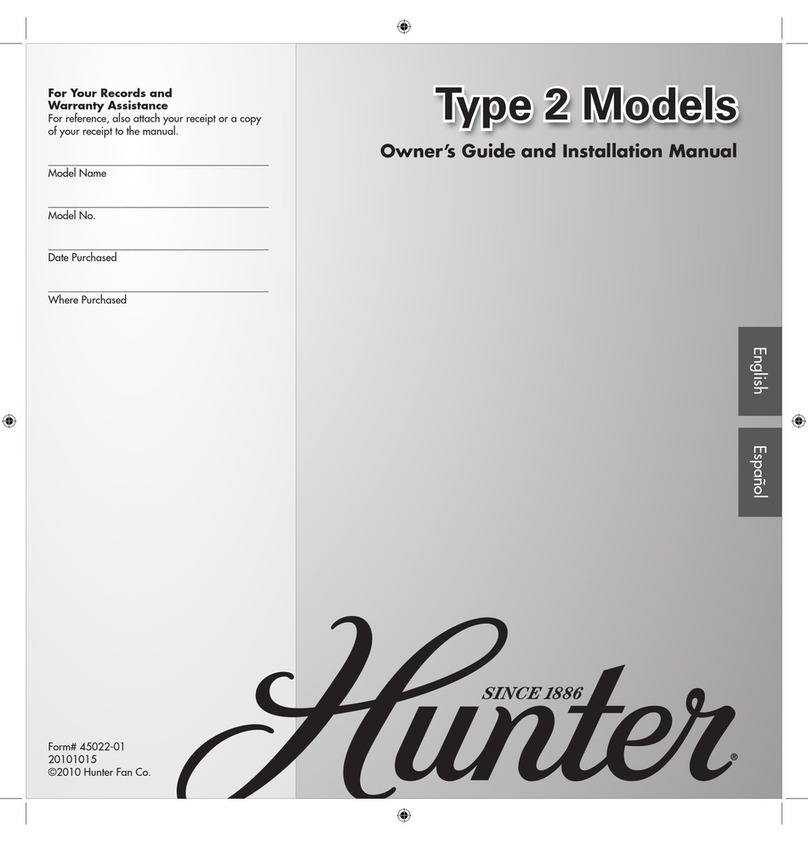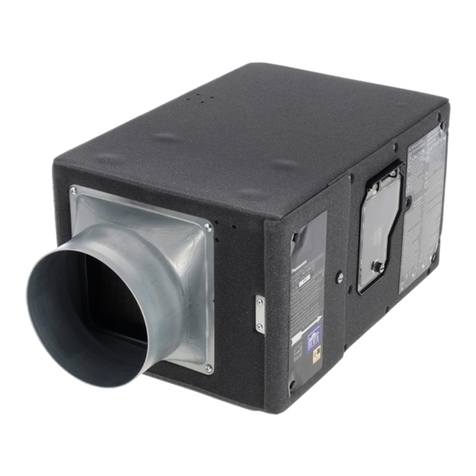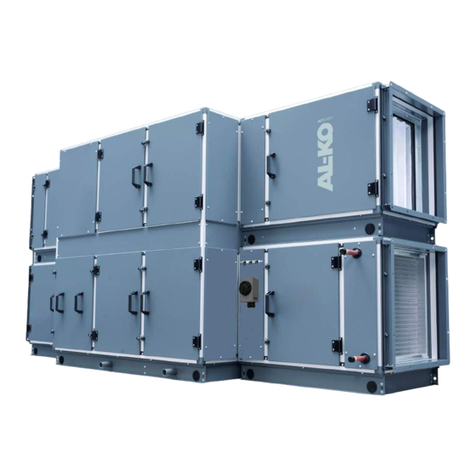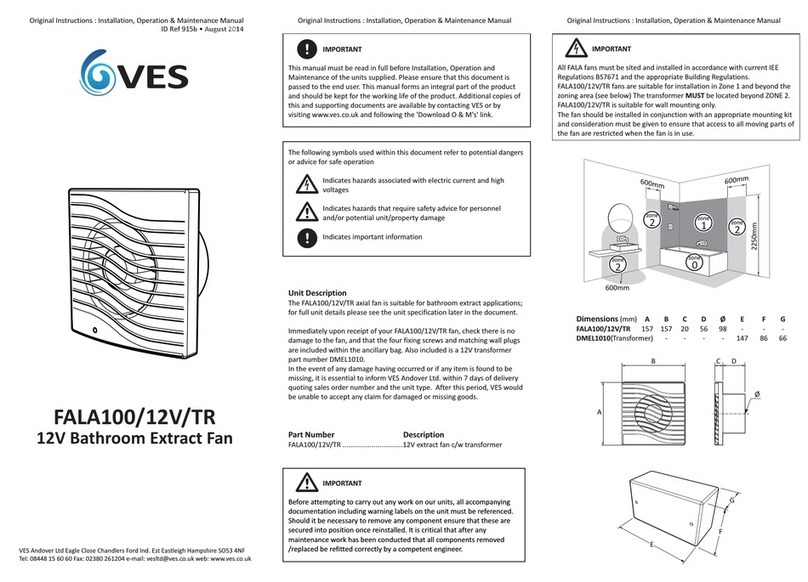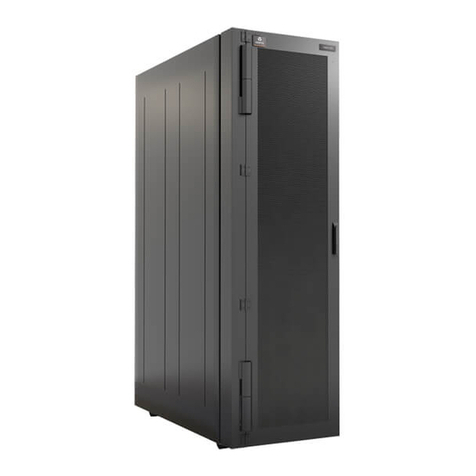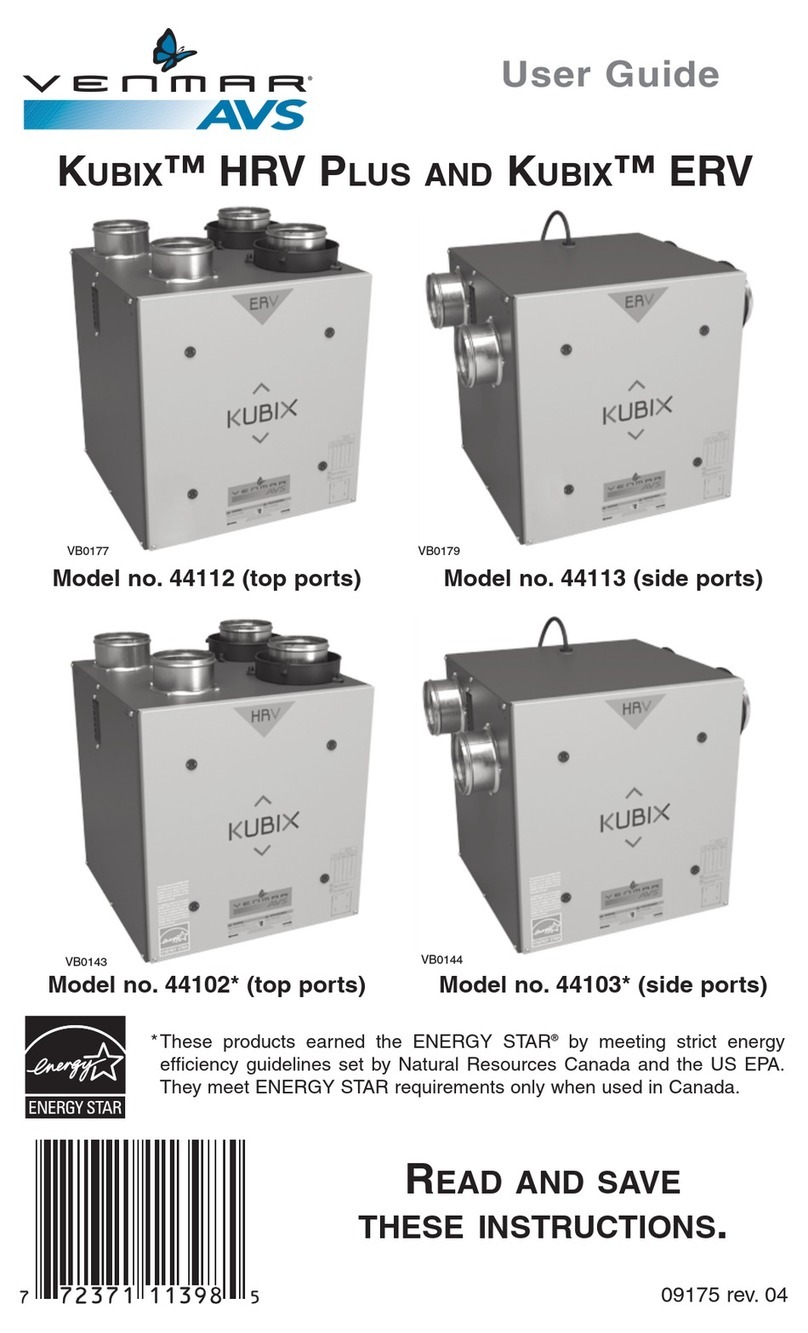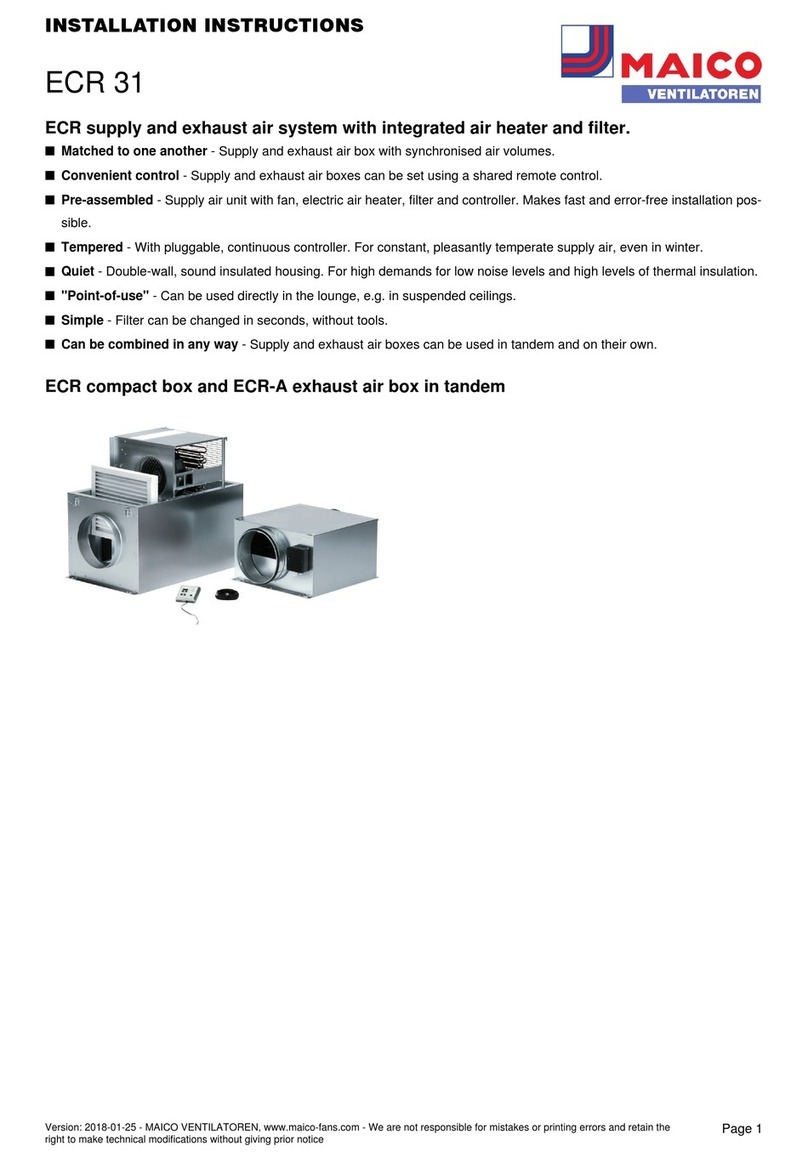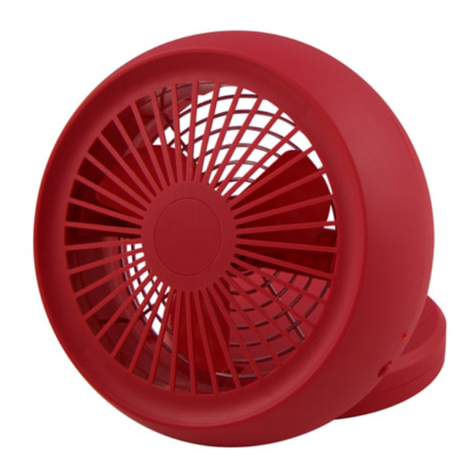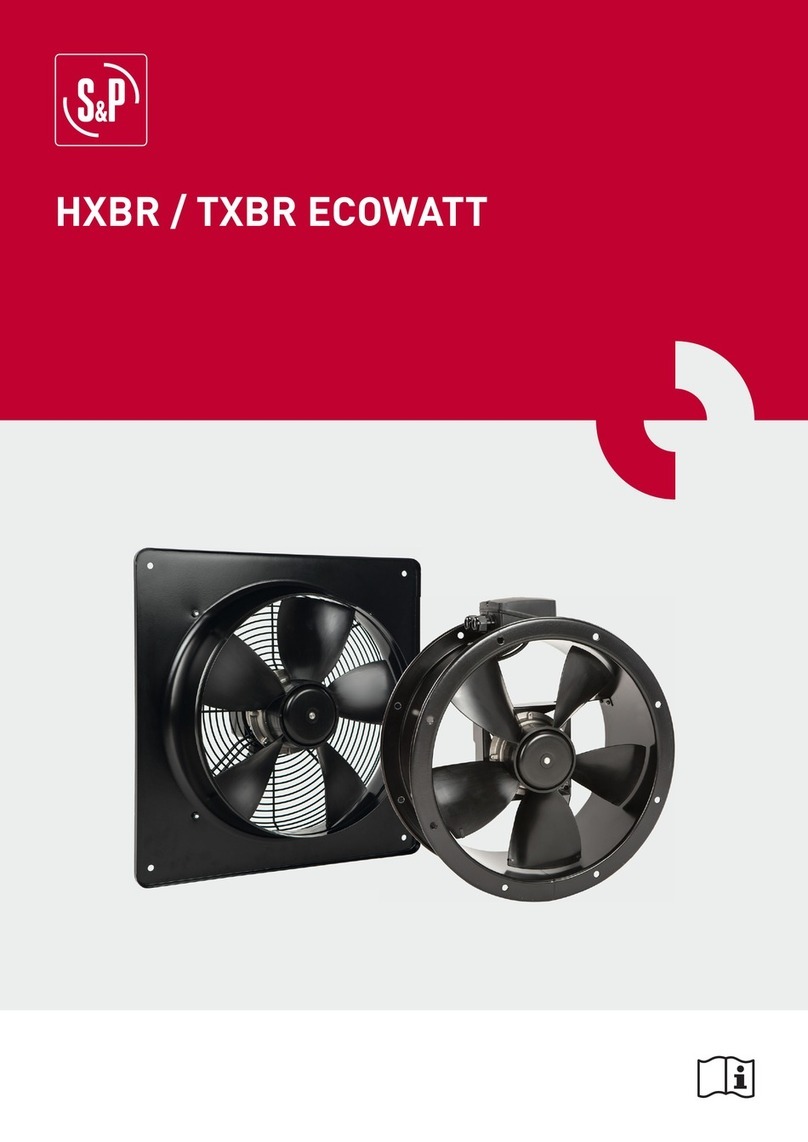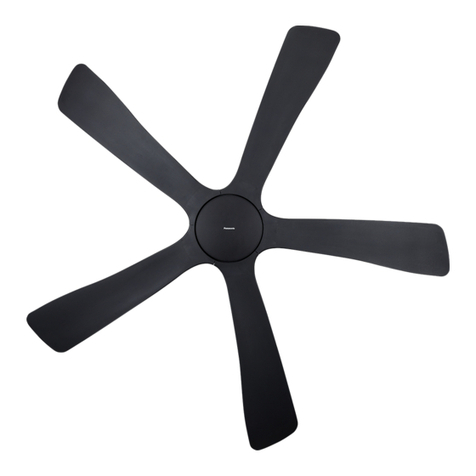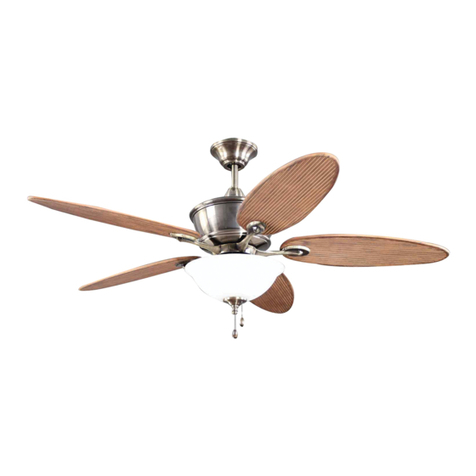
Subject to changes in line with technical progress. 3
3061955
Table of contents
1 Product description ........................................................................................4
1.1 Intended use...............................................................................................................................................5
1.2 Possible misuse .........................................................................................................................................5
1.3 Residual dangers........................................................................................................................................5
1.4 Explanation of symbols ..............................................................................................................................5
1.5 Description of various application areas and versions................................................................................6
1.5.1 Station structure (example)........................................................................................................................6
1.5.2 Technical data............................................................................................................................................. 6
1.5.3 Schematic with one exhaust air device (example) ......................................................................................8
1.5.4 Schematic with one exhaust air device and feed option (example).............................................................9
1.6 Delivery ....................................................................................................................................................10
1.7 Transport and storage ..............................................................................................................................10
1.8 Owner's obligations..................................................................................................................................10
1.9 Disposal of the packaging.........................................................................................................................10
2 Installation ................................................................................................ 11
2.1 General information..................................................................................................................................11
2.2 Setup........................................................................................................................................................11
2.3 Filling and venting ....................................................................................................................................12
2.4 Electrical connection.................................................................................................................................12
2.4.1 Cabling to the customer's control technology ..........................................................................................12
2.4.2 Bus model assembly (option)...................................................................................................................13
3 Commissioning........................................................................................... 14
3.1 General information..................................................................................................................................14
3.2 Requirements ...........................................................................................................................................14
3.3 Procedure for commissioning ..................................................................................................................14
3.4 Control-oriented integration of the HYDROOPT M®in the customer's instrument and control facilities ..15
4 Operation.................................................................................................. 16
4.1 Operating unit...........................................................................................................................................16
4.2 Alarm message/Warning message ...........................................................................................................16
4.3 Display menu............................................................................................................................................17
4.4 Main menu (Info key) ...............................................................................................................................19
4.4.1 Password menu........................................................................................................................................19
4.4.2 Settings ....................................................................................................................................................20
4.4.3 Commissioning menu...............................................................................................................................20
4.4.4 System information ..................................................................................................................................21
4.4.5 System integrator.....................................................................................................................................21
4.5 Further operating options .........................................................................................................................26
4.5.1 HMI Web ..................................................................................................................................................26
4.5.2 System graphic (optional) ........................................................................................................................28
5 Warnings, faults and emergencies.................................................................... 29
6 Maintenance .............................................................................................. 30
6.1 Maintenance schedule ..............................................................................................................................31
7 Shut-down................................................................................................. 33
7.1 Decommissioning.....................................................................................................................................33
7.2 Dismantling ..............................................................................................................................................33
7.3 Disposal....................................................................................................................................................33
8 Appendix................................................................................................... 34
8.1 Commissioning list...................................................................................................................................34
Table of contents

